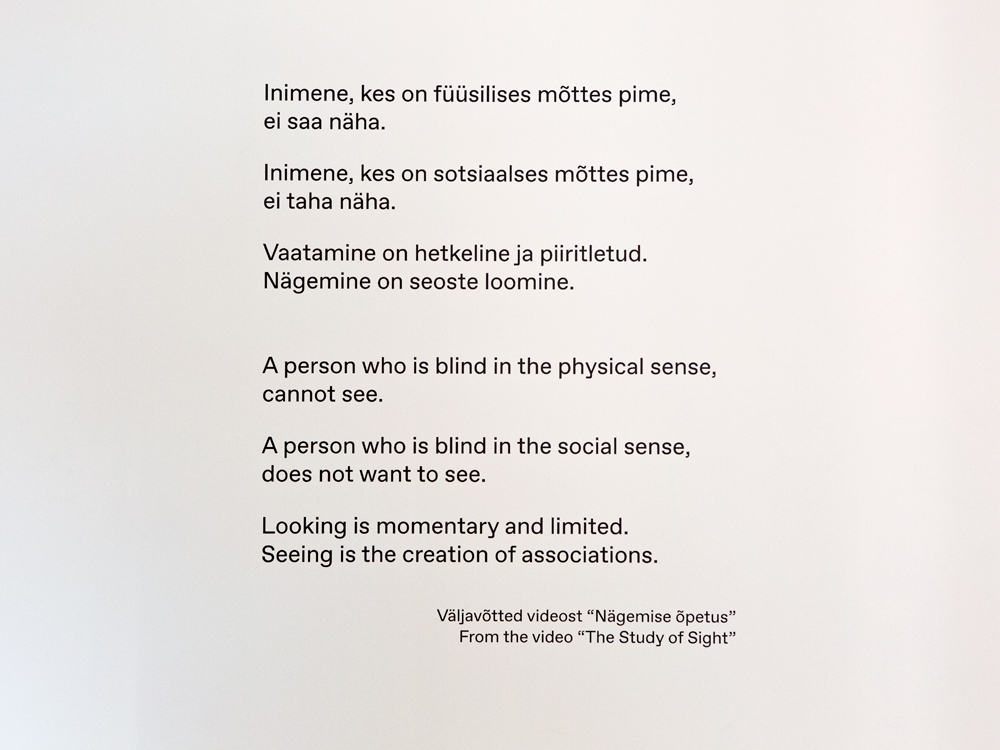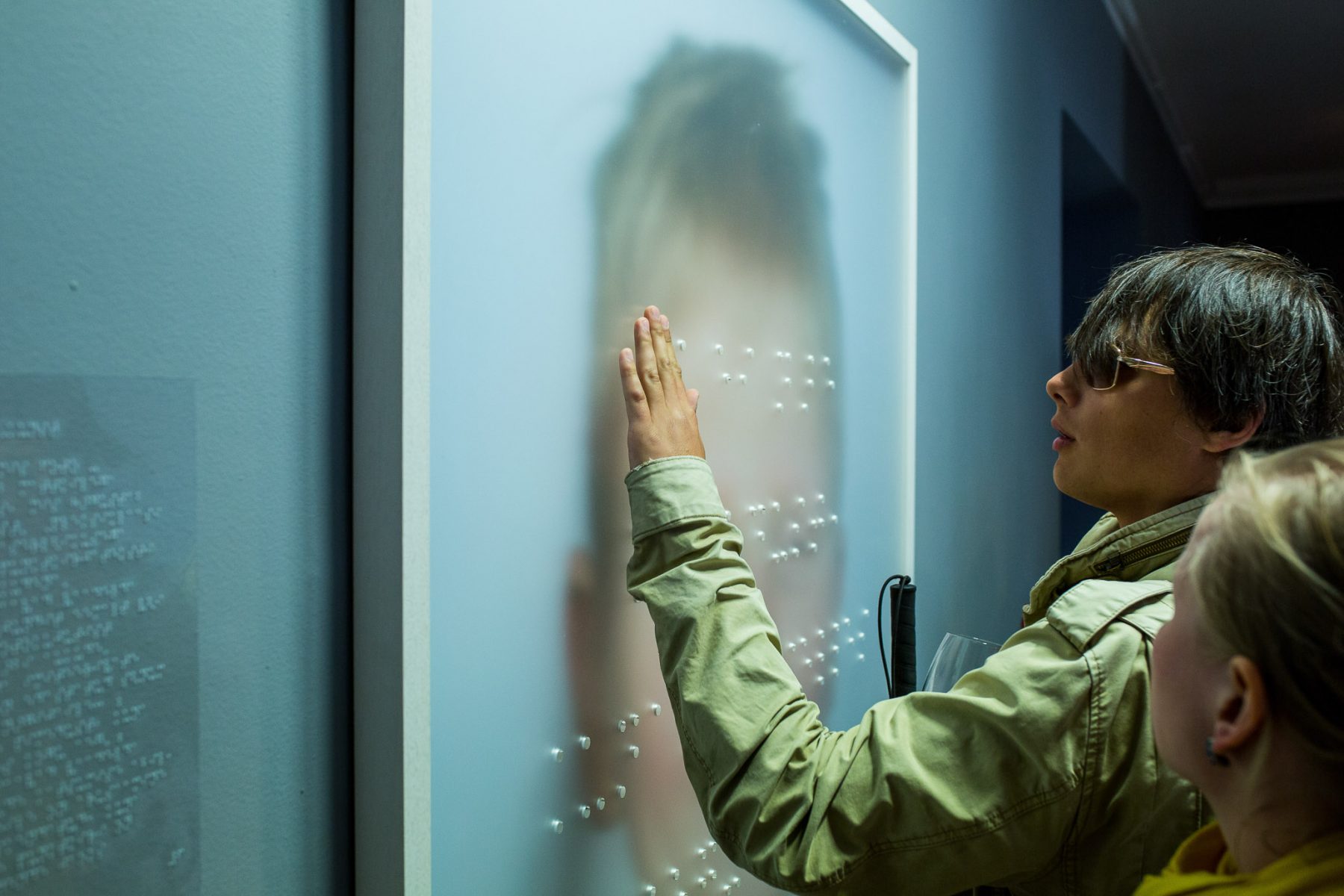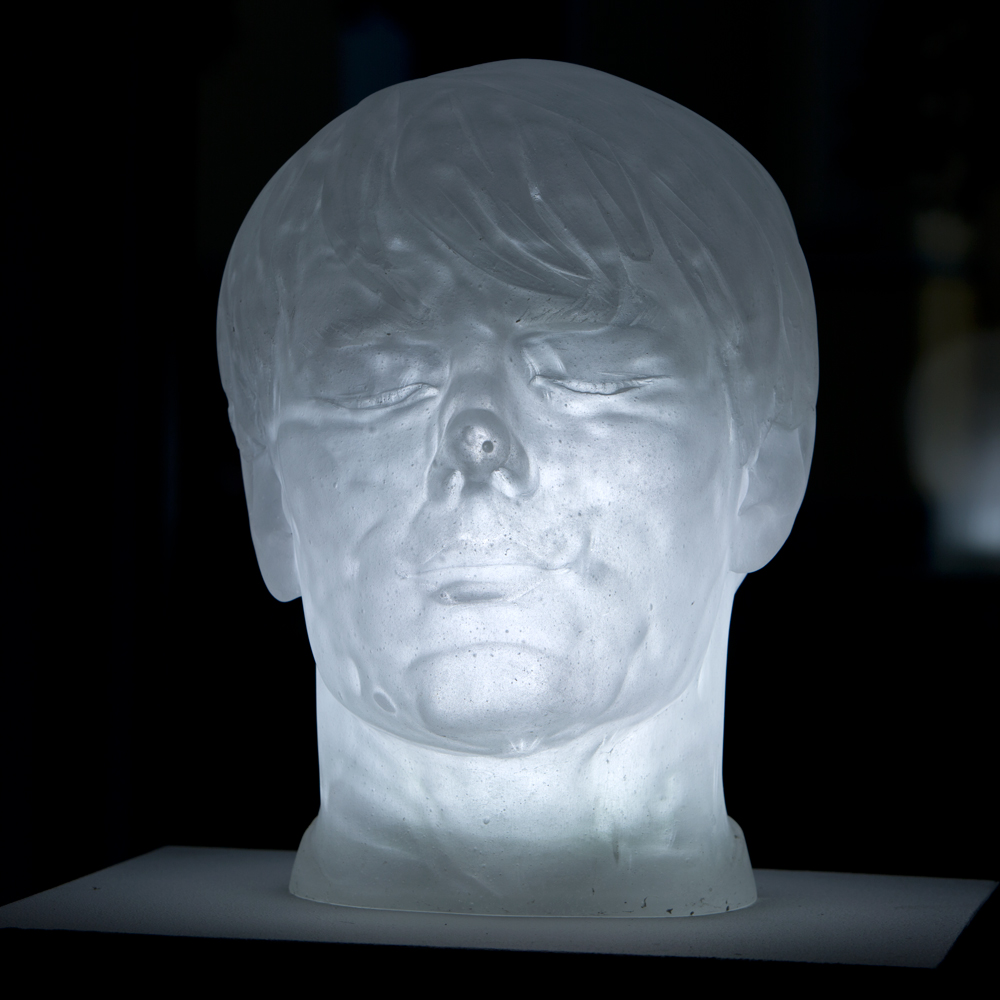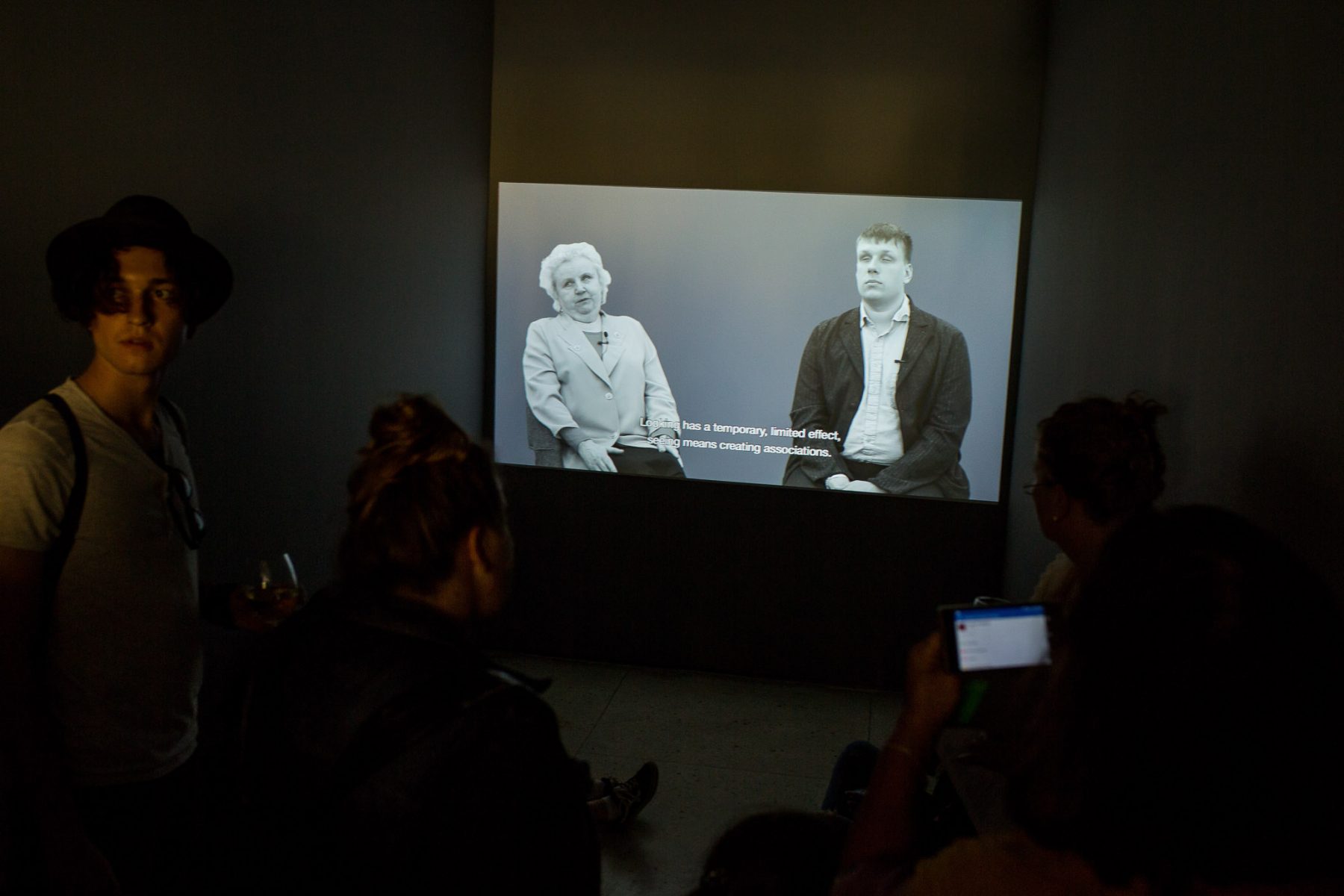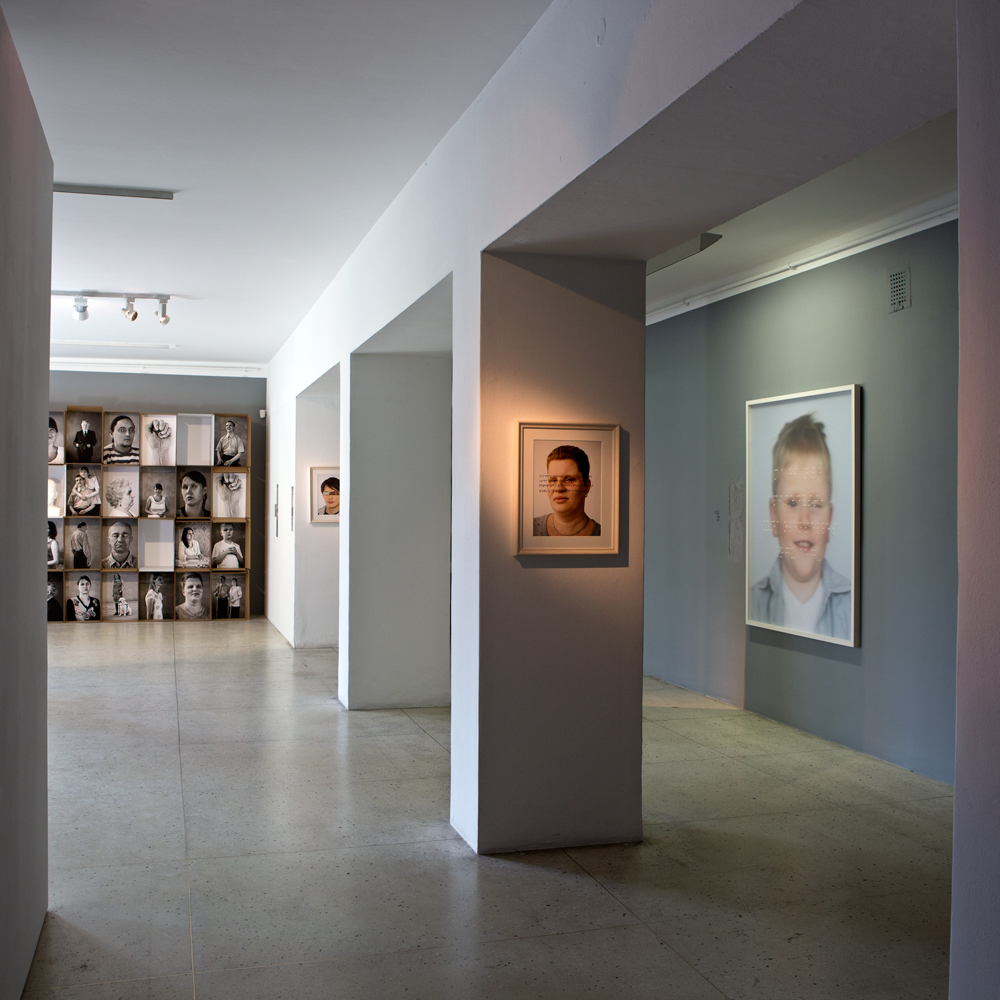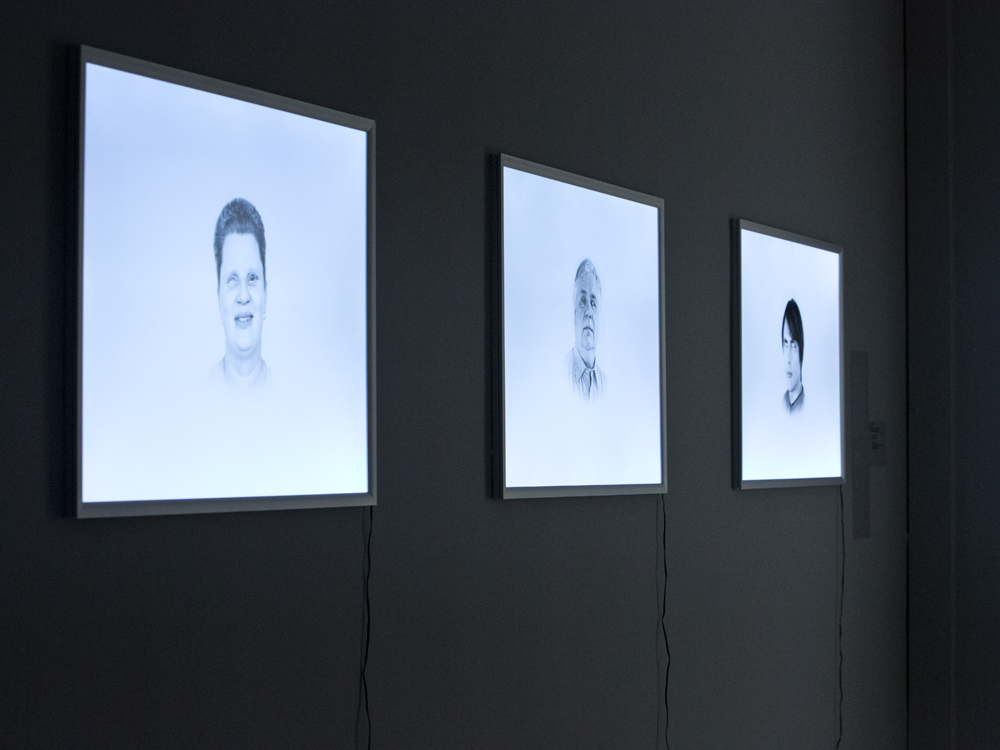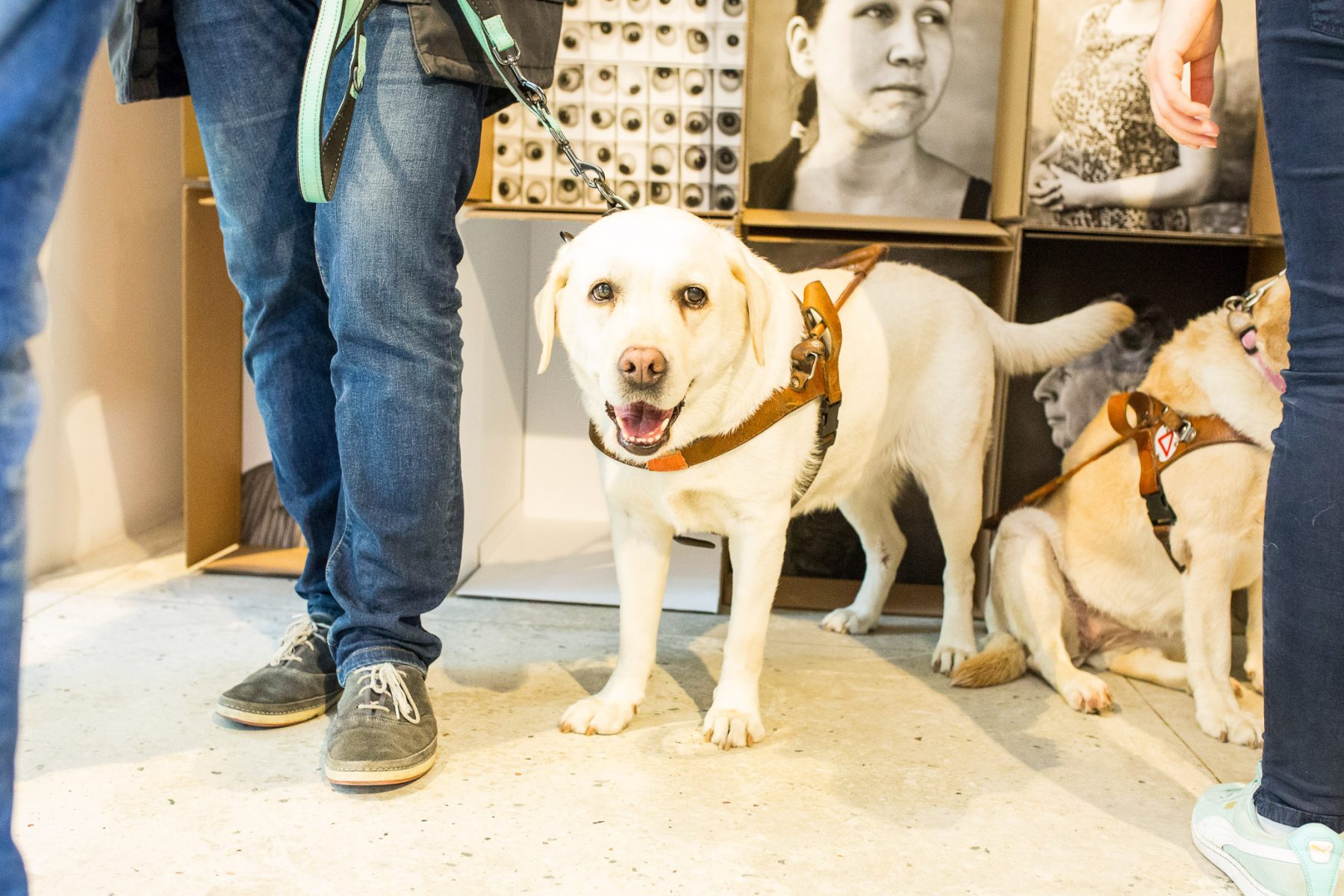The Study of Sight
Annika Haas, Elo Liiv, Jekaterina Kultajeva
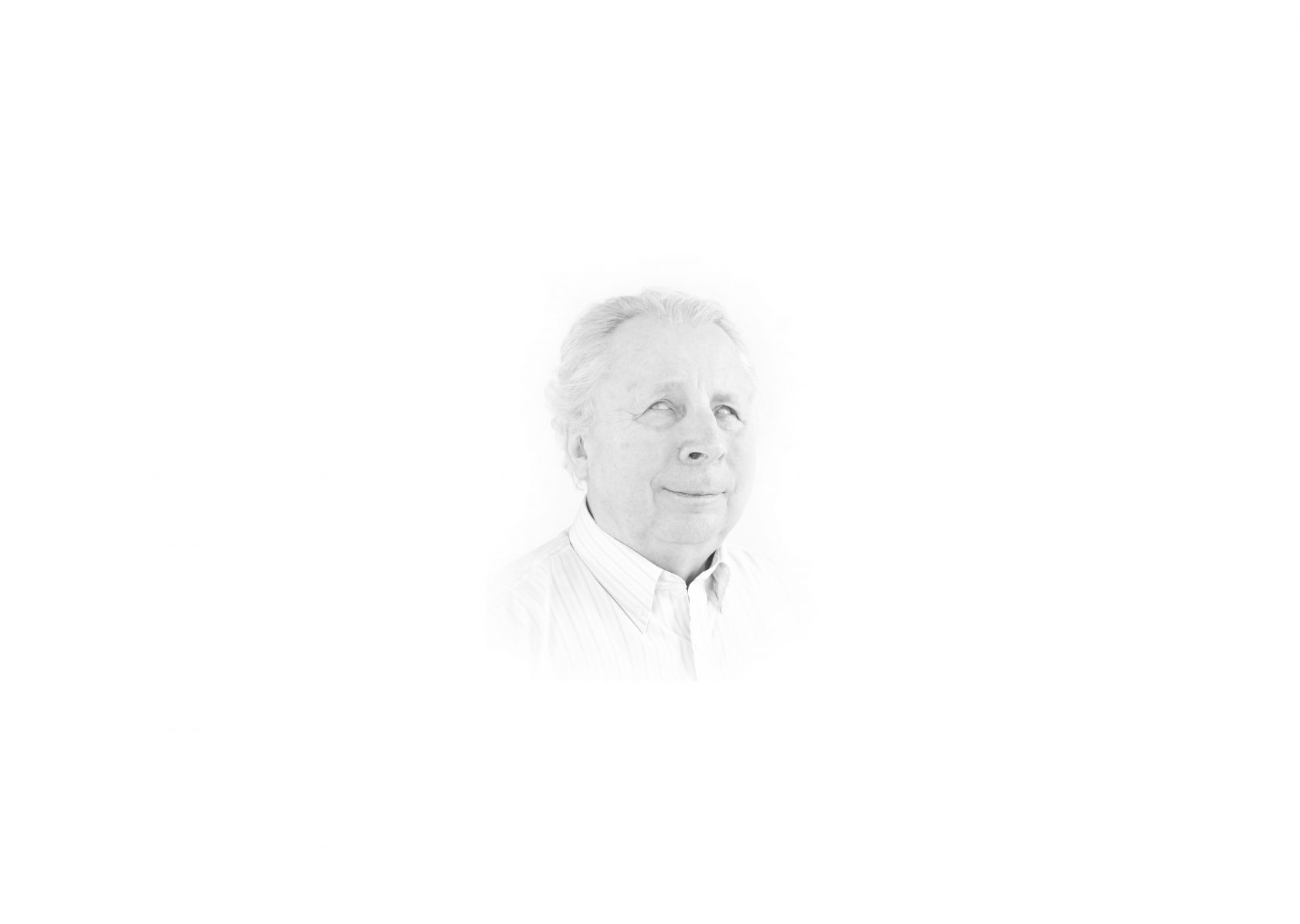
From 29 July to 3 September, Annika Haas, Elo Liiv and Jekaterina Kultajeva will be exhibiting their photo, video, sound and sculpture installations at the Art Hall Gallery. The works depict the blind people of Estonia and raise the theme of “social blindness” more broadly.
The interdisciplinary art group LAIK and Maarja Haamer will present a performance called Dark Perception at the opening.
Sometimes all that’s needed is a small scrap of information in order for the wish to find out something to develop and for one’s imagination to be turned on. That is exactly what happened when Annika Haas, a press and documentary photographer, heard the news about a global day dedicated to the blind on the radio, and it turned into an exhibition. Then sculptors Jekaterina Kultajeva and Elo Liiv, who also work at the intersection of life and art truths, joined Annika Haas, who has been recognised as a master of feature photography. And this turned into a socially critical group of exhibit organisers, that knock on the conscience of society, long for justice, and embody a fighting spirit and persistence. Nothing frightened them – neither an art gallery – the place, the association of which with visually impaired people is anything but self-evident, nor the size of the ambition with which the authors started to dissect the chosen exhibition theme.Because, love is born of working on things and delving into things, and as we know, love is blind.
“Is everything really the way that “seers” see it? How to learn or teach seeing, and how to describe a situation in which the seers do not see and the blind are not blind? What is social blindness? Why are the blind like the socially “blind” undervalued in society for various reasons, and the “seers” do not really see, or do not want to?” These are only some of the questions posed by the authors of the exhibition, which grow from personal vulnerability to problems in social relations, from expressions of personal empathy to human rights declarations.
“This exhibition is both tender and uncomfortable. Here the disability of a minority reveals the acute beauty of possible compensation and sensitivity, which reduce the importance of the shortcoming, and extends far beyond it, because it is also inherent to the majority. And the acquiescent flexibility of the models sometimes appears greater than the reproaches made to oneself and the world by responsibility and guiltiness of the loving well wishers” states the curator of the Art Hall Tamara Luuk.
The authors of the exhibition want to express their greatest thanks to Maarja Haamer, the go-between with the visually impaired people living in Estonia, and to all the blind and visually impaired models who participated in the project: Aron Leppik, Maarja Haamer, Vello Vart, Ališer Hožanijazov, Priit Kasepalu, Sülvi Sarapuu, Riho Roosioja, Jekaterina Nekhaeva, Eduard Nekhaev, Kaili Mikk, Mari-Liis Täht, Margo Joost, Sergei Mund, Kai Kuusk, Gerli Kangur, Veronika Sõstar, Jakob Rosin.
The exhibition is supported by Cultural Endowment of Estonia, Ministry of Culture, Tallinn Department of Culture, Järsi OÜ, OÜ Fotobrigaad, OÜ Kunst ja Pärimus, OÜ Aare Autopood, OÜ Audioguide and Veinisõber.
The following people and organisations assisted in the execution of the exhibition: Ülle Sadu, Kairi Ilmets, Kalle Tiisma, Heigo Eeriksoo, Taavi Suisalu, Juhan Vihterpal, Kristino Rav, Jaan Kompus, Art Allmägi, Kaisa Sammelselg ja OÜ videoID, MTÜ Kakora, OÜ Digifoto, OÜ Joon Stuudio, OÜ Kunst Investments, OÜ Kaak, OÜ Lingent, OÜ Uus Monumentaal and the Art Hall installation team Valge Kuup.



